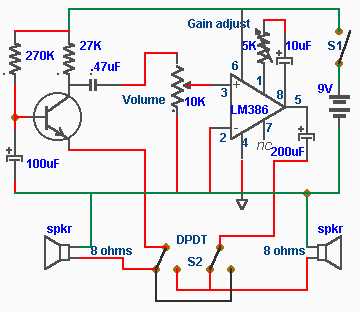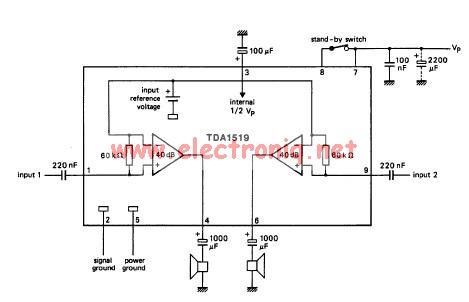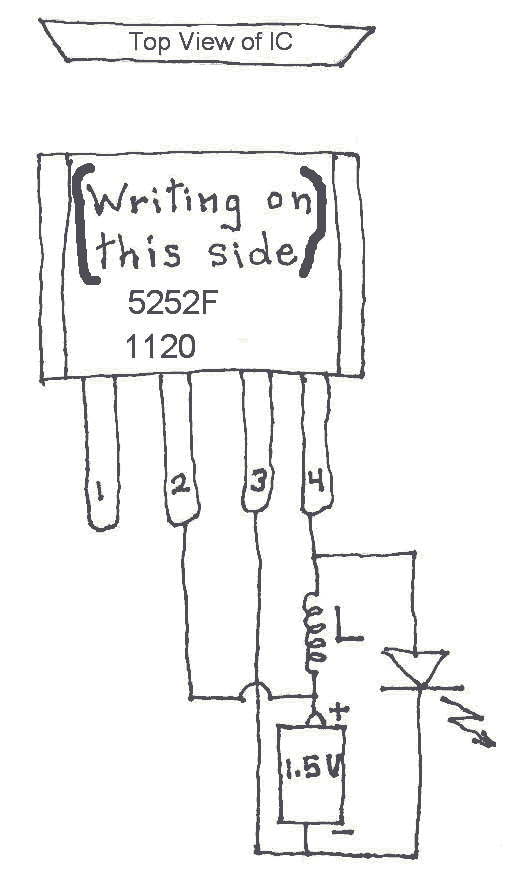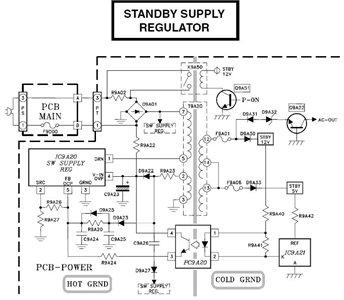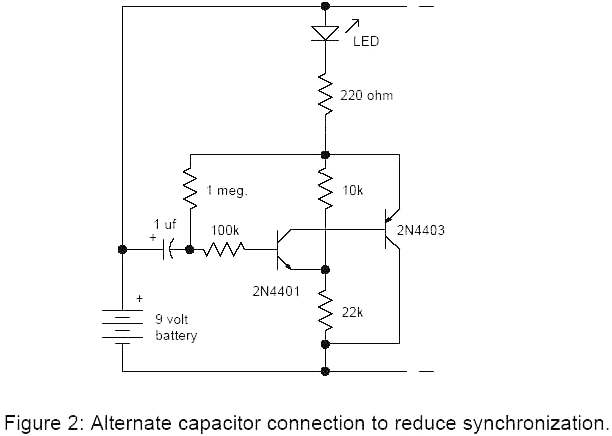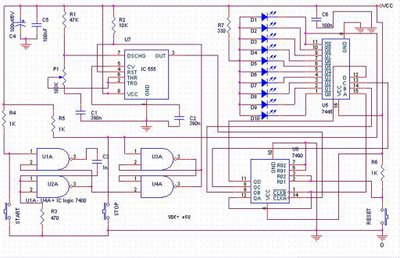
Basic circuit for PIC16F877A
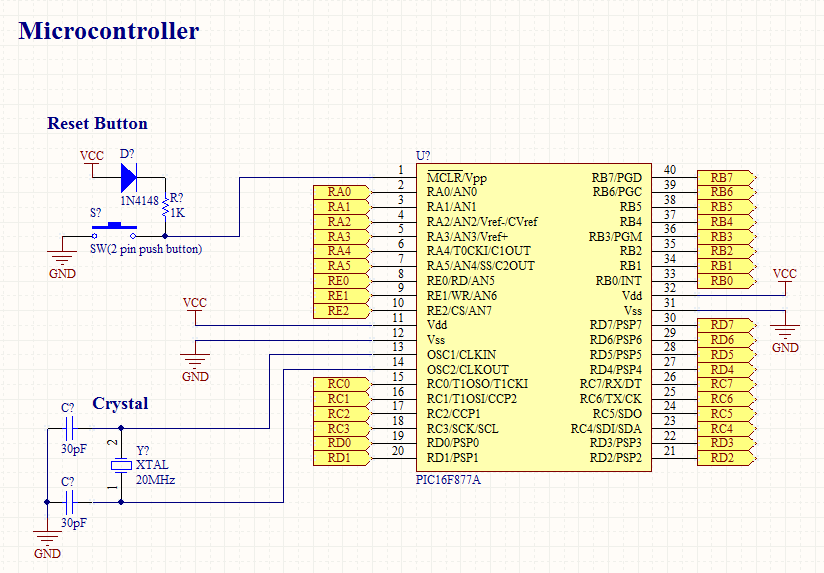
To operate a microcontroller, basic components are required to support its functionality, which is referred to as a basic circuit. The components needed are common and readily available at any electronics store. This document presents the schematic of a basic circuit to operate a PIC16F877A microcontroller.
The basic circuit for operating a PIC16F877A microcontroller typically includes several essential components to ensure stable performance and reliable operation. The primary components include the microcontroller itself, a power supply, decoupling capacitors, a crystal oscillator, and input/output devices.
1. **Microcontroller**: The PIC16F877A is an 8-bit microcontroller from Microchip Technology. It features 40 pins, including digital I/O pins, analog inputs, and communication interfaces.
2. **Power Supply**: The microcontroller requires a stable power supply, typically ranging from 2.0V to 5.5V. A common choice is a 5V DC power supply. It is advisable to use a voltage regulator if the supply voltage exceeds this range.
3. **Decoupling Capacitors**: To filter out noise and stabilize the power supply, decoupling capacitors (usually 0.1µF ceramic capacitors) should be placed close to the power pins of the microcontroller. This helps prevent voltage fluctuations that could affect the operation of the microcontroller.
4. **Crystal Oscillator**: The PIC16F877A requires an external clock source for timing purposes. A crystal oscillator (commonly 4MHz or 20MHz) is often used along with two load capacitors (typically 22pF) to ensure proper oscillation frequency.
5. **Input/Output Devices**: Depending on the application, various input and output devices can be connected to the microcontroller. This may include switches, LEDs, sensors, and communication modules. Each device should be connected to the appropriate I/O pins on the microcontroller.
6. **Reset Circuit**: A reset circuit is essential for initializing the microcontroller. This can be achieved using a push-button switch connected to the MCLR pin, along with a pull-up resistor (typically 10kΩ) to ensure the pin remains high during normal operation.
7. **Programming Interface**: For programming the microcontroller, a suitable interface, such as ICSP (In-Circuit Serial Programming), should be included in the circuit. This typically involves connecting specific pins to a programmer device.
The schematic for the basic circuit will reflect these components, illustrating their interconnections and pin configurations. Proper layout and connection practices should be followed to ensure that the circuit operates efficiently and reliably.To operate a microcontroller, you need some basic components to support it and the circuit we call it basic circuit. The components needed are very common and you can find them at any electronics store out there. Here, i will share the schematic of basic circuit to operate a PIC16F877A microcontroller.. 🔗 External reference
The basic circuit for operating a PIC16F877A microcontroller typically includes several essential components to ensure stable performance and reliable operation. The primary components include the microcontroller itself, a power supply, decoupling capacitors, a crystal oscillator, and input/output devices.
1. **Microcontroller**: The PIC16F877A is an 8-bit microcontroller from Microchip Technology. It features 40 pins, including digital I/O pins, analog inputs, and communication interfaces.
2. **Power Supply**: The microcontroller requires a stable power supply, typically ranging from 2.0V to 5.5V. A common choice is a 5V DC power supply. It is advisable to use a voltage regulator if the supply voltage exceeds this range.
3. **Decoupling Capacitors**: To filter out noise and stabilize the power supply, decoupling capacitors (usually 0.1µF ceramic capacitors) should be placed close to the power pins of the microcontroller. This helps prevent voltage fluctuations that could affect the operation of the microcontroller.
4. **Crystal Oscillator**: The PIC16F877A requires an external clock source for timing purposes. A crystal oscillator (commonly 4MHz or 20MHz) is often used along with two load capacitors (typically 22pF) to ensure proper oscillation frequency.
5. **Input/Output Devices**: Depending on the application, various input and output devices can be connected to the microcontroller. This may include switches, LEDs, sensors, and communication modules. Each device should be connected to the appropriate I/O pins on the microcontroller.
6. **Reset Circuit**: A reset circuit is essential for initializing the microcontroller. This can be achieved using a push-button switch connected to the MCLR pin, along with a pull-up resistor (typically 10kΩ) to ensure the pin remains high during normal operation.
7. **Programming Interface**: For programming the microcontroller, a suitable interface, such as ICSP (In-Circuit Serial Programming), should be included in the circuit. This typically involves connecting specific pins to a programmer device.
The schematic for the basic circuit will reflect these components, illustrating their interconnections and pin configurations. Proper layout and connection practices should be followed to ensure that the circuit operates efficiently and reliably.To operate a microcontroller, you need some basic components to support it and the circuit we call it basic circuit. The components needed are very common and you can find them at any electronics store out there. Here, i will share the schematic of basic circuit to operate a PIC16F877A microcontroller.. 🔗 External reference
